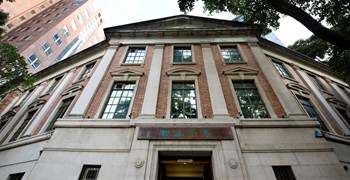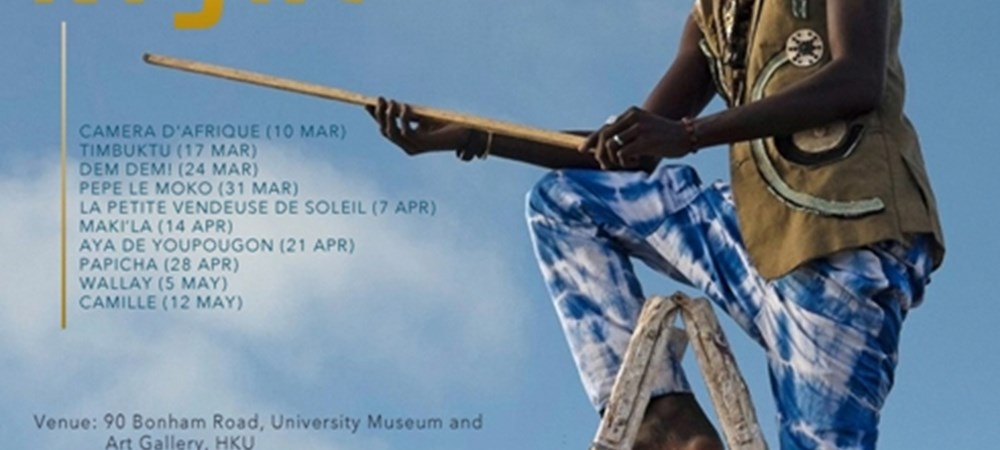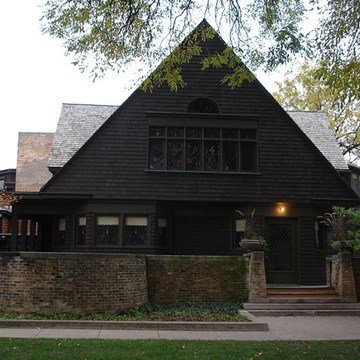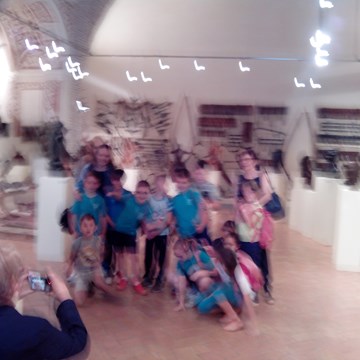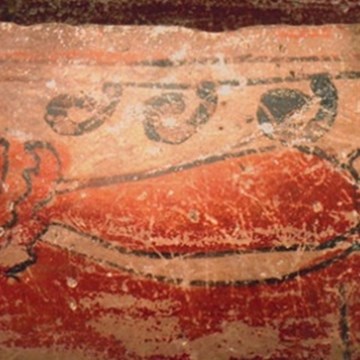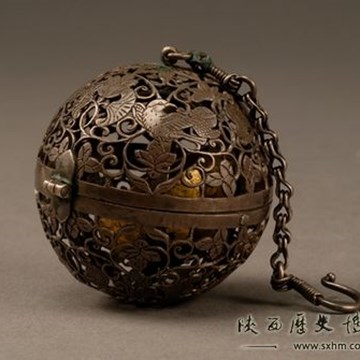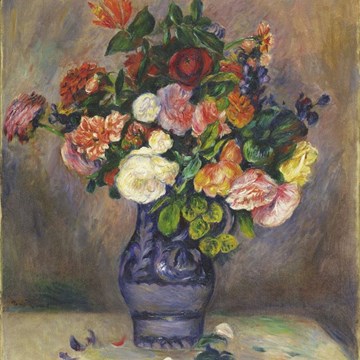[AFRICAN MOVIE SCREENINGS] THE LITTLE GIRL WHO SOLD THE SUN (LA PETITE VENDEUSE DE SOLEIL)
The University Museum and Art Gallery of the University of Hong Kong is pleased to collaborate with Alliance Française de Hong Kong and with the support of Institute Français on presenting this cinematic outreach programme to complement the exhibition Colours of Congo: Patterns, Symbols and Narratives in 20th-Century Congolese Paintings.
Highlighting the contemporary struggles of individuals across the continent, this series of African films presents a broad array of people working to achieve their beliefs and dreams while searching for their own distinct identities. Throughout these works, the vibrant lens of African cinema shatters the colonialist perspectives that have long masked Africa’s inherent beauty.
Date: Wednesday, 7 April 2021
Time: 1:00pm
Duration: 45 mins
Venue: 1/F T.T. Tsui Building, 90 Bonham Road, University Museum and Art Gallery, HKU (Please enter the museum via the Fung Ping Shan Building.)
Audience: Age 18 or above for screenings | No age limit for guided tours
Limit: 32 for screenings | 15 for guided tours
Title of the movie: The Little Girl Who Sold the Sun (La Petite Vendeuse de soleil)
Dramatic comedy
Senegal
1998
In French and Wolof with English subtitles
Directed by Djibril Diop Mambéty
The second work in a trilogy by famed Senegalese director Djibril Diop Mambéty (1945–1998), this film tells the story of Sili, a young disabled girl living on the streets of Dakar. Sili begins hawking the government daily The Sun in order to help her blind grandmother. She must be brave and clever to survive the ruthless world of hawking, which is dominated by gangs of boys. Like the sun, Sili is a ray of hope in a desperate world.
The screening will be followed by a guided tour (English) of the exhibition ‘Colours of Congo: Patterns, Symbols and Narratives in 20th-Century Congolese Paintings’ at 1:45 PM. Please register separately: https://bit.ly/3kri3Ou.
Colours of Congo: Patterns, Symbols and Narratives in 20th-Century Congolese Paintings displays a selection of Congolese work created from the 1920s to 1960.
Thanks to unprecedented access to extensive archives and art collections, the exhibition’s narrative presents a generous overview of paintings that were instigated when a single artist from Belgium began a painting workshop so as to collaborate with the indigenous population of Elisabethville (modern-day Lubumbashi). This first studio was followed by other workshops that assisted in developing a hybrid artform that remains a celebrated phenomenon.
Alliance Française de Hong Kong (AFHK) is a Hong Kong not-for-profit association dedicated to the promotion of the French language and culture. It is the official and largest language institution for French in Hong Kong and Asia, with the mission to encourage and promote active connections between people in Hong Kong and French language and culture. It provides the means by which people can learn the French language and engage in many different aspects of French culture.
The University Museum and Art Gallery of the University of Hong Kong Kong was founded in 1953 as the Fung Ping Shan Museum. It is the oldest continuously operated museum in Hong Kong, and over the past sixty years has built up a diverse collection of ceramics and bronzes dating from the Neolithic period to the Qing dynasty, as well as traditional and modern paintings and works on paper from the Ming to the twenty-first century. In addition to these permanent collections, UMAG regularly hosts exhibitions of contemporary and ancient Chinese and Western art, and on early Hong Kong history.
Other Screening Titles:
Please click here for the leaflet.
Exhibitions and events from this museum
We don't have anything to show you here.
Activities from this museum
We don't have anything to show you here.
